Despite the fact that the number of root mites is much smaller than that of spider mites, aphids, and scale insects, they cause serious harm to plants. These pests are very smart and cunning. Hiding carefully in the ground and hiding their lair, they eat the roots of plants. The soil mite is a danger to indoor and bulbous plants. Most of all, they love to feast on orchids, lilies, daffodils, hyacinths and tulips. The parasites begin to gnaw the bulb from below. Crawling between the scales, they infect the diseased tissue of the bulbs, and then proceed to healthy ones. The plant ceases to bloom and bear fruit, dries up. When the bulb is damaged by a soil mite, it becomes covered with brown dust.
The root mite is a small spider. It has three pairs of legs, sharp antennae, and a large, light-transparent oval body. The parasite is very hardy. Can live long without moisture and food. It feeds on underground parts of plants and organic debris. Lives in tops, fallen leaves.
The reason for the appearance of root mites
Root mites start under certain conditions. They attack the plant if the pot is constantly warm and damp. A humid environment is ideal for these pests. The main reason for their appearance is the frequent and abundant watering of indoor plants. They can appear if a pot with a potted flower is on a windowsill heated by a radiator.
Sick neighbors are often carriers of root mites. If the affected plant is not quarantined or completely cured, the pests can migrate to healthy flowers.
Locating a root mite is not easy. To see it, you need to remove the flower from the pot. When buying a new houseplant, nobody removes the flower from the container in which it is sold. Pests quite often get into the house when they donated or purchased a new houseplant. Owners of indoor plants learn about root infestation when they begin to fade.
How does infection occur
When the cause of the death of a plant is unknown, it should be removed from the pot and the roots should be examined. The parasite will immediately catch your eye. The pest eats the onion from the inside. If you press on it, it will fall apart, brown dust will fall out of it. In the middle of the bulb may be the mites themselves and their larvae. The females of these parasites are very fertile, capable of laying 300 eggs at a time.
How to get rid of root mites
Most often, root mites are found in bulbous plants. When buying bulbs for planting, store them in a cool, dry place. They must be carefully inspected before planting. Otherwise, it will be too difficult to treat the planted plant.
If indoor plants become infected, they should be treated with insecticides. All diseased flowers must be isolated from healthy ones.A diseased plant is taken out of the ground, the roots, bulbs are washed well, and soaked in a solution of an insecticide or other biological-based agent. It is equally important to tackle the pots that contained the infected plants. To get rid of parasites, the pots must be washed well and boiled at 100 degrees for 20 minutes. You can place the container for flowers in a solution of pesticides.
It is best to do the processing of pots outdoors so that the pesticides quickly disappear. During the procedure, you should wear a gown, gloves and a respirator. Children and pets should not be around. Insecticides are very toxic and can harm them. After using them, wash your hands thoroughly with soap.
Preventive measures:
- after watering, immediately pour water from the pan;
- avoid excessive watering, as it contributes to the growth of diseases and the reproduction of the pest;
- do not forget about good drainage in the pot.
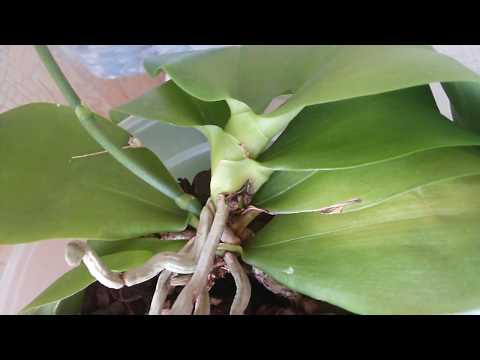

Watch this video on YouTube

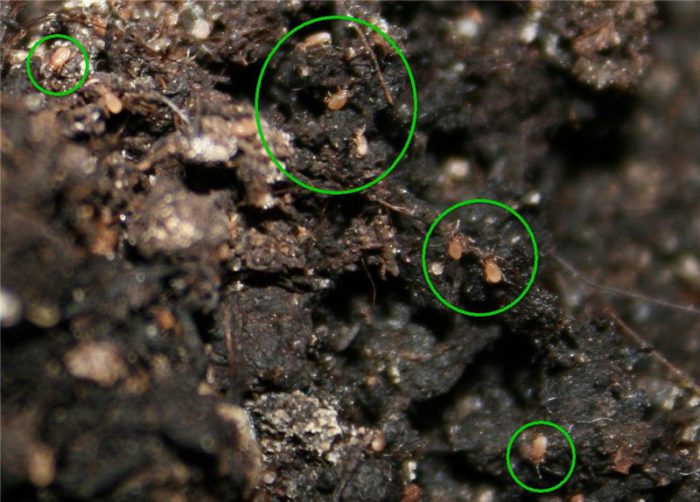
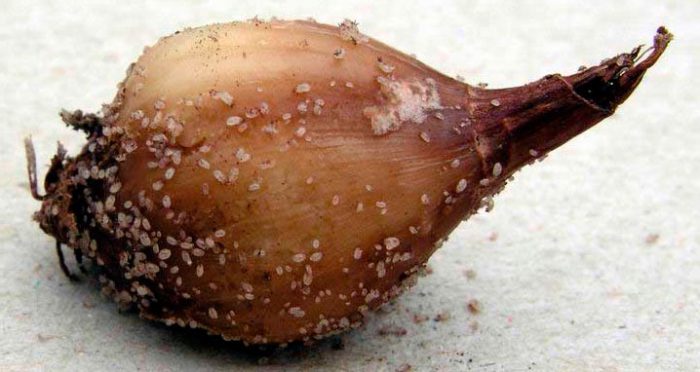
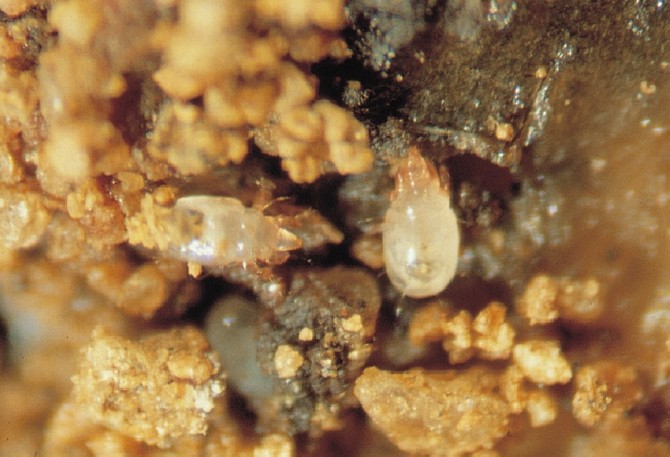
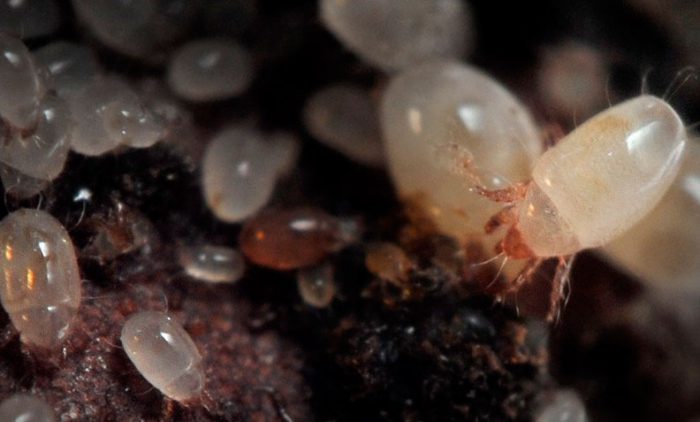
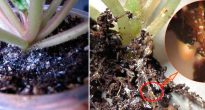





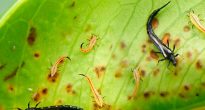



The spider mite is 0.5 mm long, not 5 mm as written. 5mm is already a Colorado beetle. You at least watch what you write. Ato you copy from each other along with errors, but there is no one to write from yourself